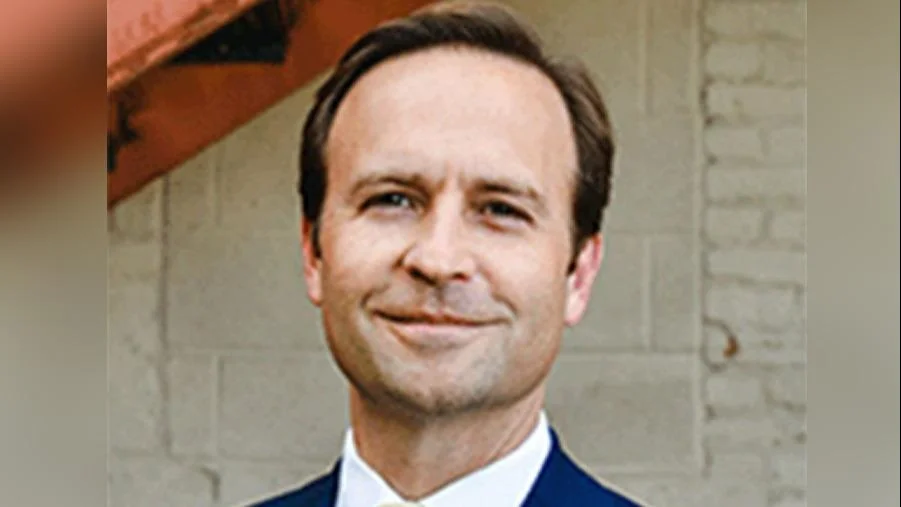Brian Calley President and Chief Executive Officer at Small Business Association of Michigan | Official website
Brian Calley President and Chief Executive Officer at Small Business Association of Michigan | Official website
A recent federal case from California has underscored the significance of social media harassment under Title VII of the 1964 Civil Rights Act. In Okonowsky v. Merrick Garland, No. 23-55404 (U.S. 9th Circuit Court of Appeals, 7/25/24), Okonowsky, a staff psychologist at a federal prison, alleged that a coworker posted derogatory content about her on social media.
Specifically, a lieutenant posted sexually offensive content related to work and targeted Okonowsky personally. When she reported the page to prison leadership, management described it as “funny,” and the investigator appointed to her complaint stated that the content was not “a problem.” The lieutenant then increased his posts in what Okonowsky perceived as an effort to intimidate her and discourage further complaints. Over time, she felt increasingly unsafe at work.
Two months after Okonowsky's initial report, the prison directed the lieutenant to cease violating its Anti-Harassment Policy. However, he continued posting sexually hostile content for another month without any action from the prison. This conduct and the lack of response ultimately led Okonowsky to leave her job.
Okonowsky sued the federal government for harassment. The trial court granted summary judgment to the prison, ruling that the social media posts were “entirely outside of the workplace” since they were made on a personal account and not shared or discussed with Okonowsky at work.
The 9th Circuit Court of Appeals disagreed and reinstated the case. The court pointed out that Okonowsky needed to present evidence showing (1) she was subjected to a sexually hostile work environment; and (2) the government is liable for creating this environment.
The court concluded that although the conduct occurred outside of the physical workplace, it contributed to a hostile work environment when considering all circumstances. It found that the prison failed to act adequately when informed of ongoing issues, raising triable issues sufficient to defeat summary judgment.
The court emphasized its rejection of "the notion that only conduct occurring inside the physical workplace can be actionable," particularly given social media's pervasive role in harassment both inside and outside physical workplaces. It warned that “[s]ocial media posts are permanently and infinitely viewable...even if discriminatory or intimidating conduct occurs wholly offsite.”
The EEOC’s new guidance on harassment also addresses social media activity impacting workplaces:
“Although employers generally are not responsible for conduct in non-work-related contexts, they may be liable when such conduct has consequences in the workplace and contributes to a hostile work environment.”
The guidance specifies:
“Conduct affecting employment terms and conditions—even if occurring outside work—includes electronic communications via private phones, computers, or social media accounts if it impacts the workplace.”
Investigations must be taken seriously even when misconduct occurs off-premises or online. According to Holland & Knight law firm:
“HR should consider updating their anti-harassment and social media policies to address strategies for preventing harassment and other problematic online behavior.”
By Anthony Kaylin






 Alerts Sign-up
Alerts Sign-up